Ripple advocate and CryptoLaw founder John Deaton has reignited attention on a key XRP Ledger (XRPL) feature that dates back to 2012, highlighting its potential in the tokenization of real-world assets (RWAs), particularly real estate. Deaton’s remarks came shortly after the Dubai Land Department (DLD) announced the launch of its first real estate tokenization platform built on XRPL.
The new platform will enable residents in Dubai to purchase fractional shares of properties using blockchain technology, making real estate investment more accessible. This move aligns with DLD’s ambitious goal of achieving $16 billion in tokenized real estate by 2033.
Deaton emphasized that XRPL was designed from the beginning to support RWA tokenization, a feature often overlooked in the broader crypto community. He noted that XRPL’s architecture includes essential tools for real estate integration, and the latest development confirms the ledger’s capacity to handle such complex asset tokenizations effectively.
In addition, Deaton reminded the community that XRPL pioneered the world’s first decentralized exchange (DEX) in 2012, underscoring its long-standing contribution to DeFi innovation. With growing institutional use cases like DLD’s platform, XRPL is gaining renewed attention and positioning Ripple’s native token, XRP, for expanded utility and market growth.
This milestone not only boosts XRPL’s reputation in the blockchain ecosystem but also showcases its real-world applicability, especially in revolutionizing real estate investment through decentralization and tokenization. As adoption accelerates, XRP could see stronger market momentum driven by increasing demand for RWA-backed DeFi applications.









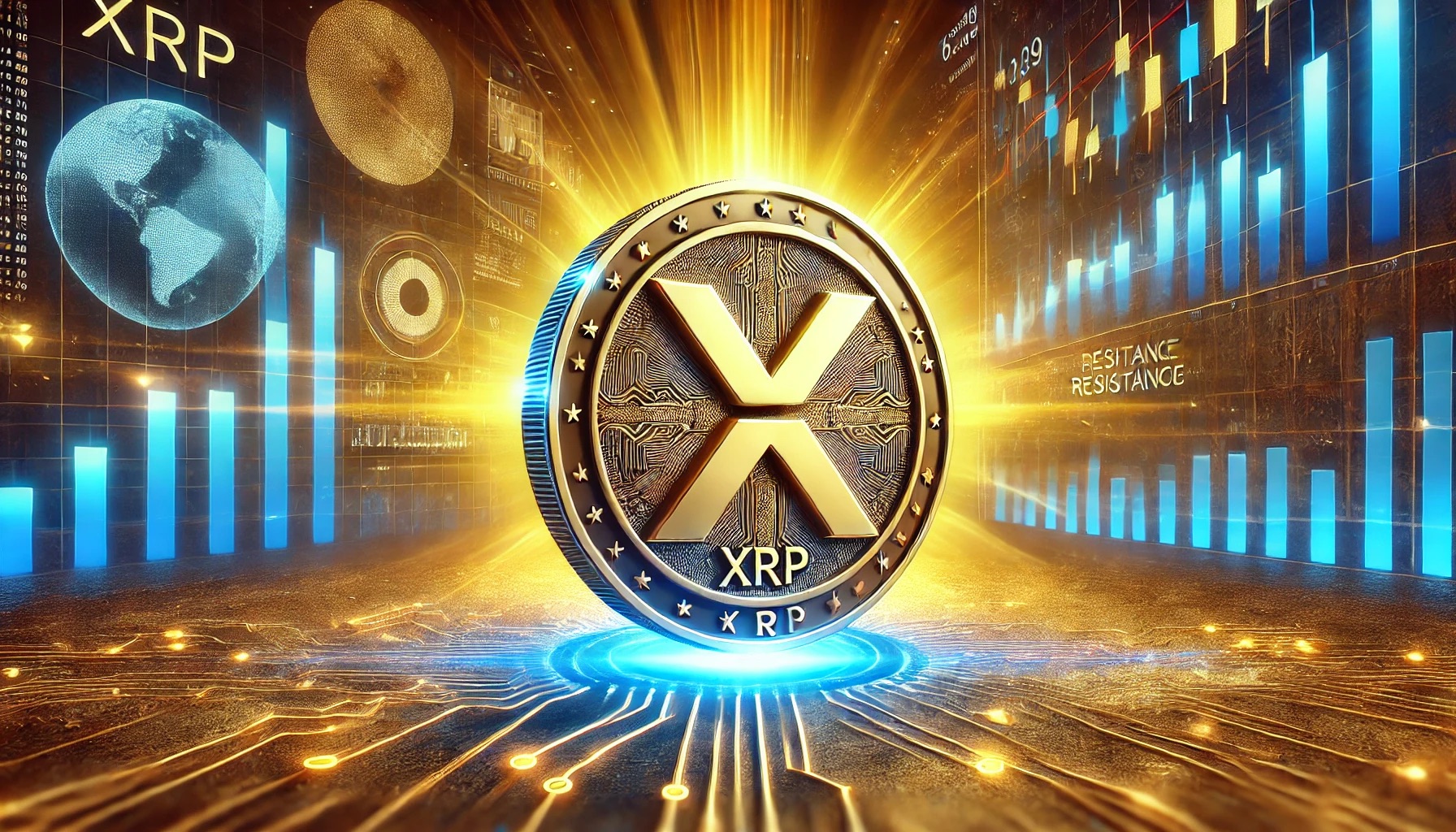



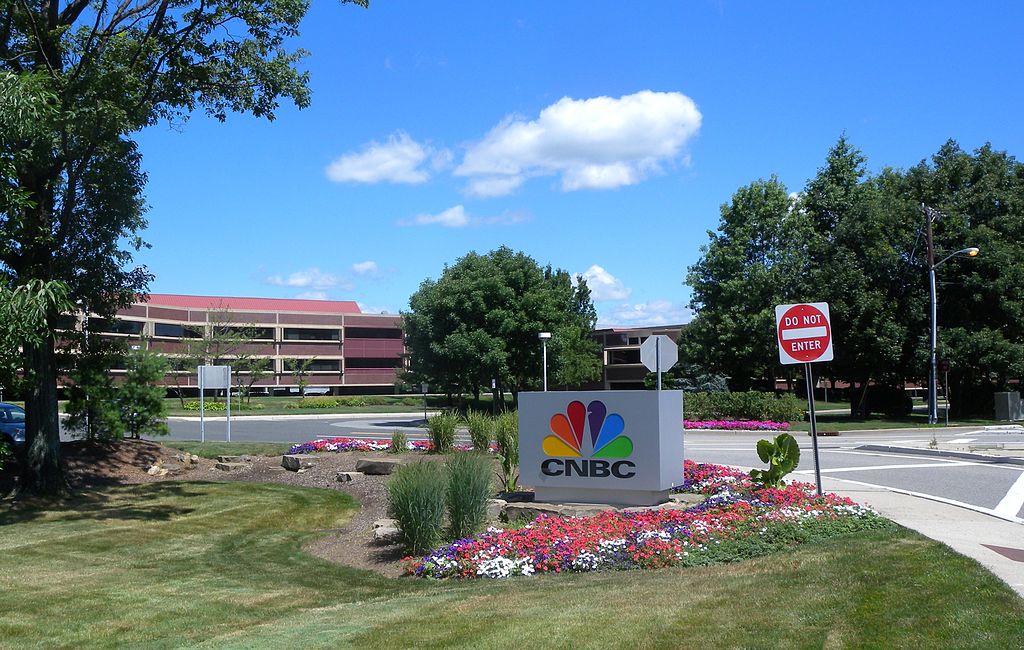
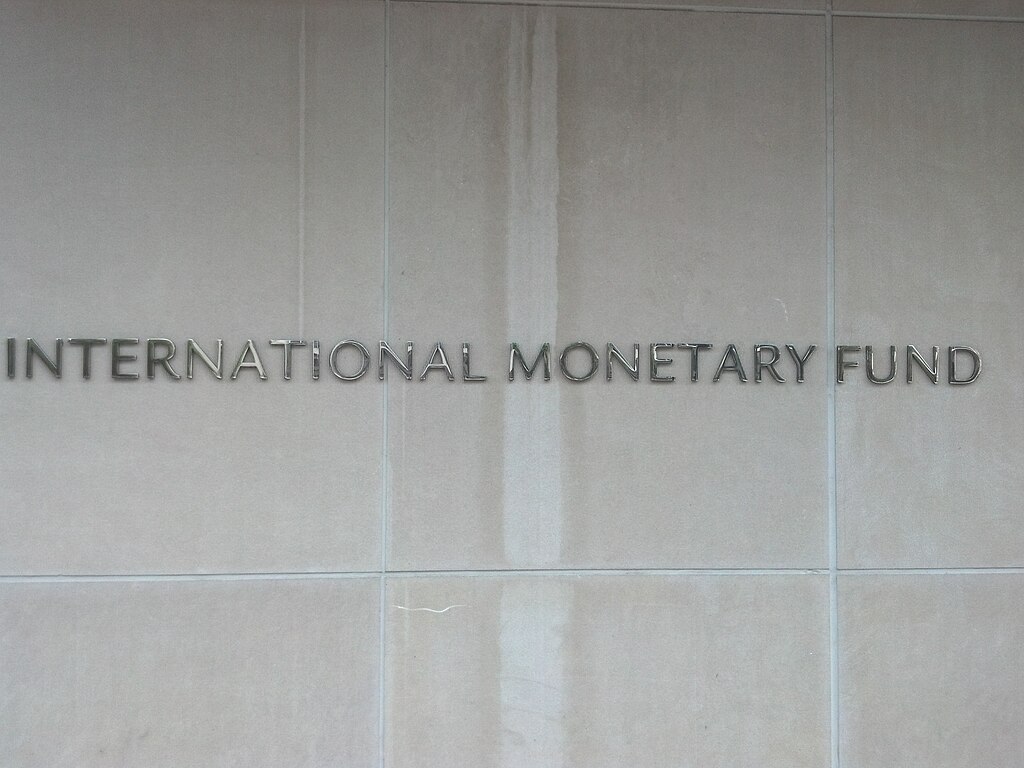


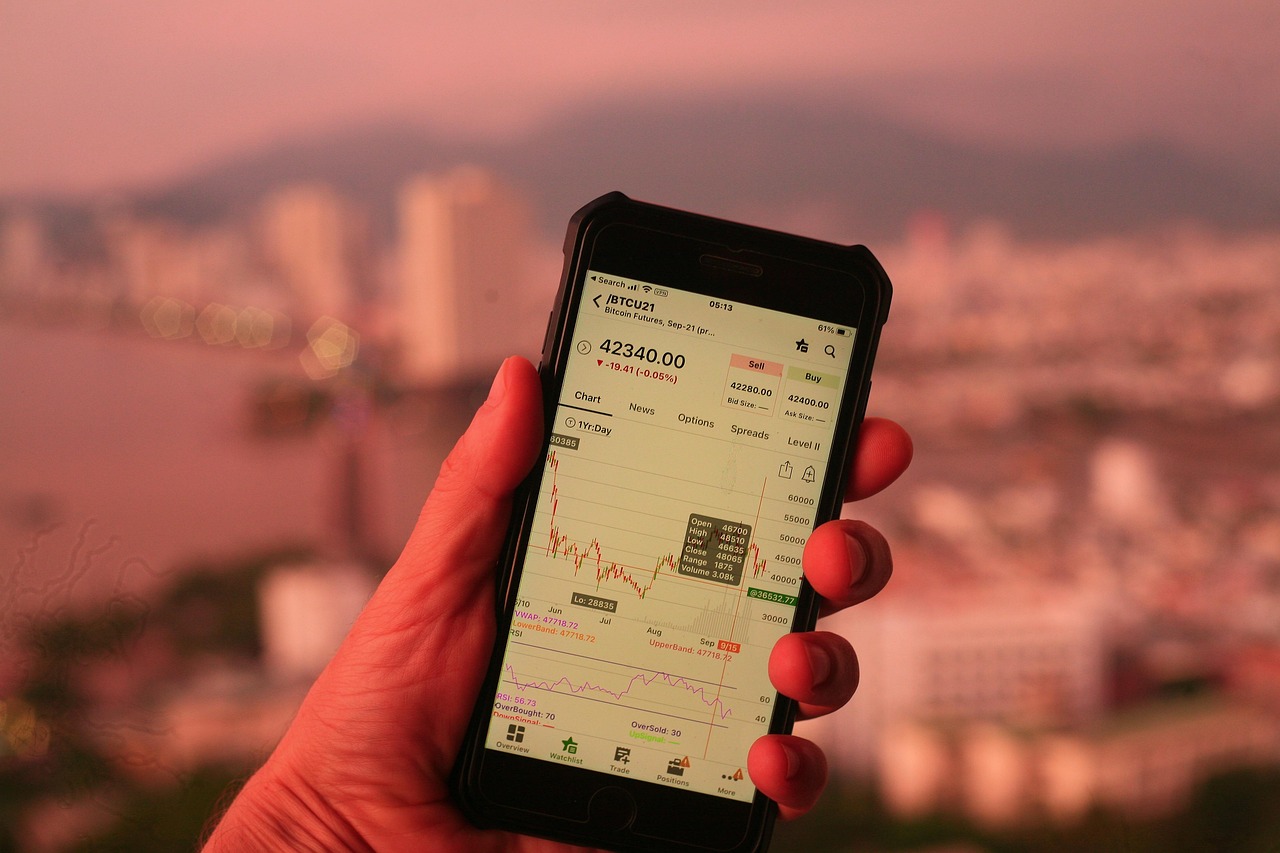



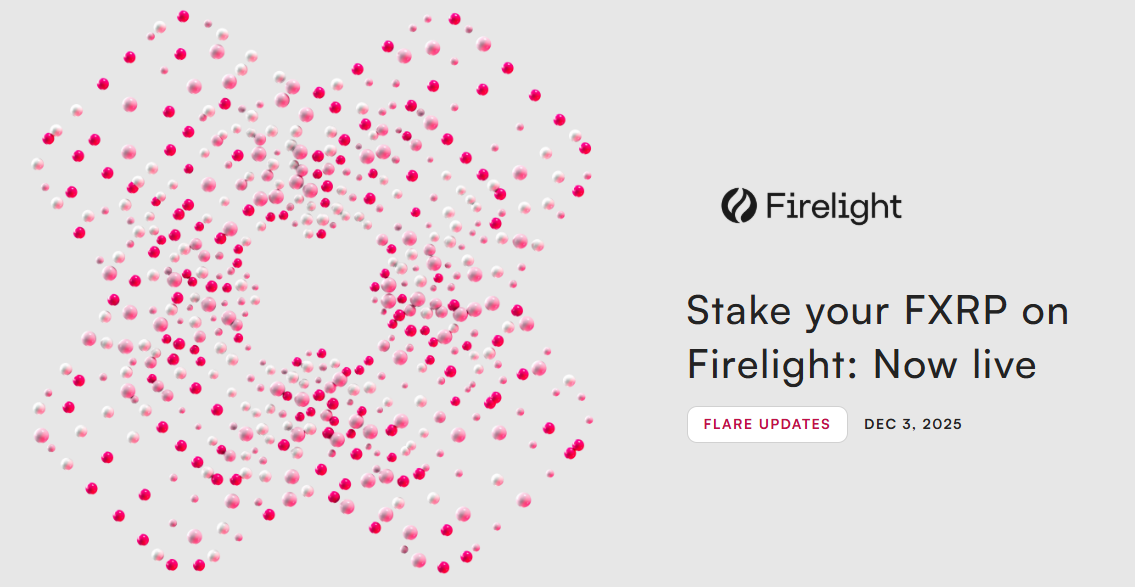


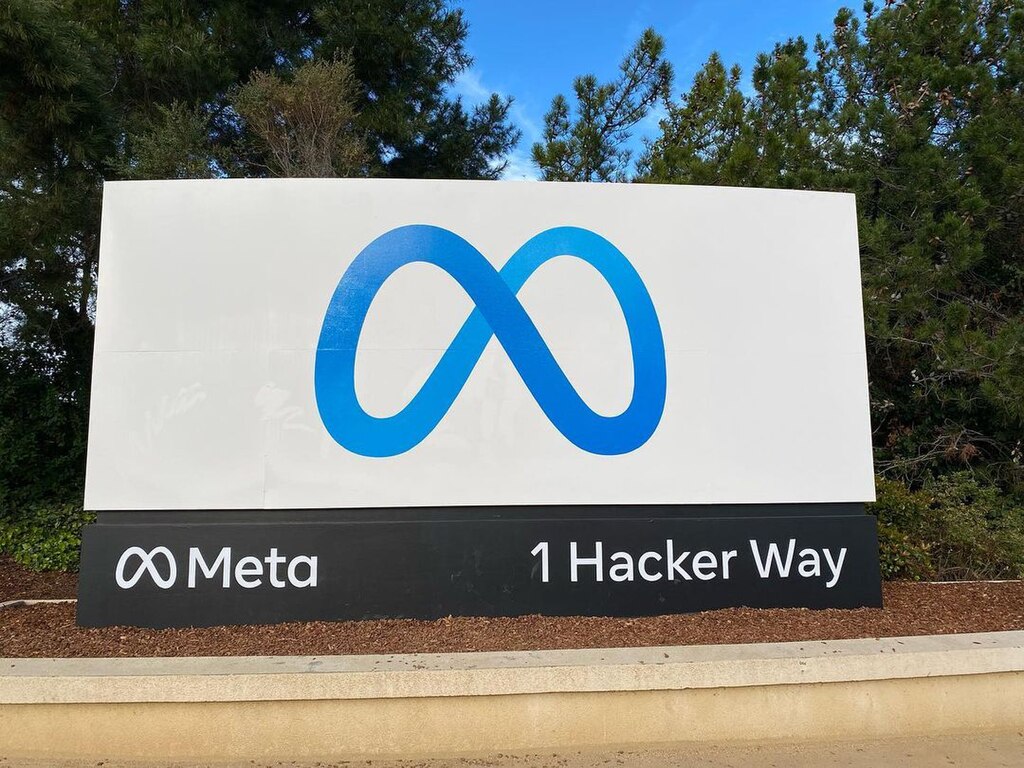

Comment 0